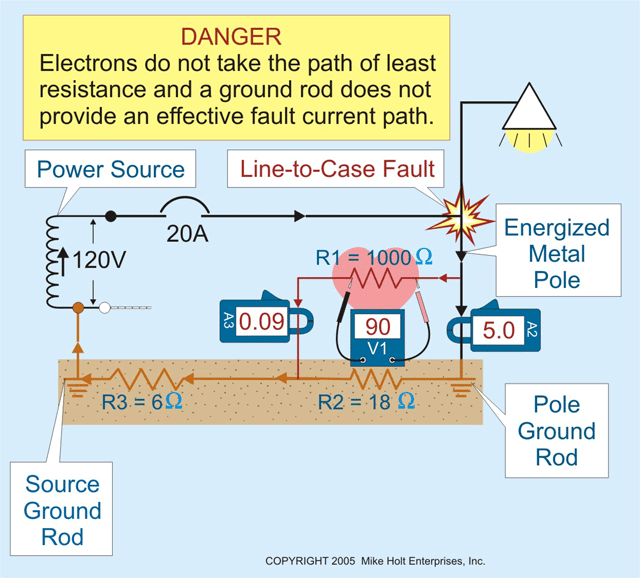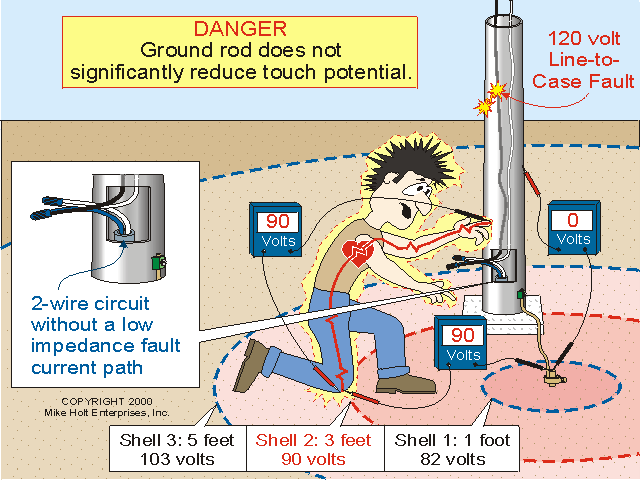Articles 250.66 (A), (B) are causing some confusion in our jurisdiction. These articles state: "that PORTION of the conductor that is the SOLE CONNECTION to the grounding electrode shall not be required to be larger thatn 6 AWG copper wire or 4 AWG aluminum wire".
Particularly in the case of rod electrodes (ground rods), this is a bit confusing. Most think that the grounding electrode conductor from the ground rod to the service must be sized using Table 250.66. Others feel that, no matter the size of the largest ungrounded service-entrance conductor, that, with 250.66 (A) they may only be required to use a 6AWG copper wire for this purpose.
Some consensus would be helpful here in settling this, as I am not quite sure how to justify, properly, this interpretation....for either argument.
Thanks for the assistance.
Particularly in the case of rod electrodes (ground rods), this is a bit confusing. Most think that the grounding electrode conductor from the ground rod to the service must be sized using Table 250.66. Others feel that, no matter the size of the largest ungrounded service-entrance conductor, that, with 250.66 (A) they may only be required to use a 6AWG copper wire for this purpose.
Some consensus would be helpful here in settling this, as I am not quite sure how to justify, properly, this interpretation....for either argument.
Thanks for the assistance.



